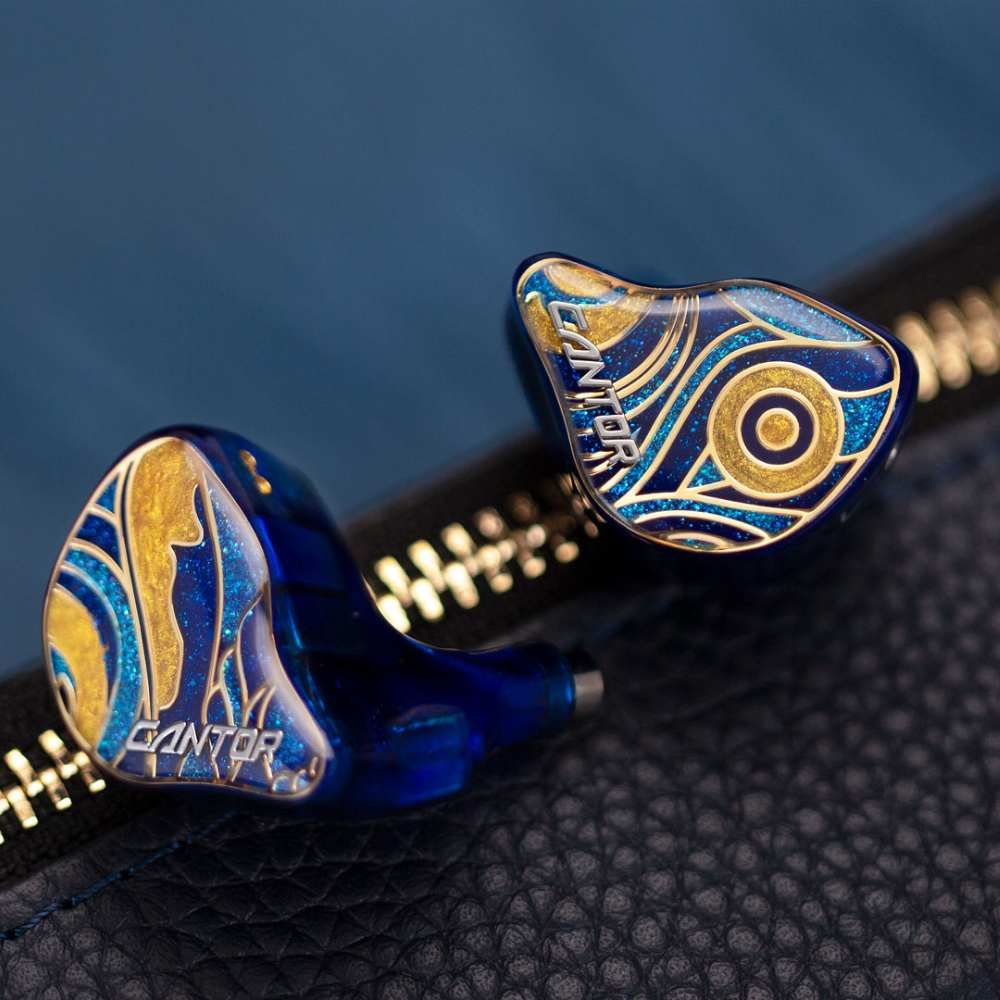Cantorvs.EDC Pro
Sound & Specs Comparison
Information
Both IEMs are widely regarded in the audiophile community. See how they differ in terms of sub-bass response, upper mids, clarity, and overall tonality. Spider charts and rating breakdowns included.
Objective Comparison
Facts, details, stuff.
| General Info | Cantor | EDC Pro |
|---|---|---|
| Brand | AFUL | KZ Earphones |
| Country | Taiwan | China |
| IEM Description | The AFUL Cantor combines technical precision with musicality in a hybrid design. Featuring a dynamic driver for powerful bass and multiple balanced armatures for clean mids and sparkly highs, it delivers a spacious soundstage with excellent separation. Tuning leans slightly toward a balanced-bright signature, making it a solid choice for detail lovers who still want some low-end punch. | – |
| Price Level | 500 – 1.000 | < 100 |
| Housing & Driver | ||
|---|---|---|
| Driver Config | Multi-BA | Single Dyn. Driver |
| Driver Types | Balanced Armature | Dynamic Driver |
| Shell Material | – | – |
| Cable | 4Braid 5N OFC Cable | – |
| Technical | ||
|---|---|---|
| Freq Range | – | – |
| Impedance (Ω) | 20 | – |
| Sensitivity (dB) | 106 | – |
| Crossover | RLC Network Electronic Crossover | – |
| Platform Info | ||
|---|---|---|
| Comments | 1 | 0 |
| Visit Count | 128 | 31 |
| External Reviews | 1 | 0 |
Meta Ratings
// Nothing to compare yet.
Sound Characteristics
Cantor produces sub-bass that is m more textured and present in cinematic or bass-heavy tracks (8.5 vs 5). It offers a stronger and more impactful bass response, adding weight and presence where EDC Pro feels less assertive (9 vs 8). It translates bass vibrations into a d more visceral experience, while EDC Pro lacks this tactile feedback (8.5 vs 7). It achieves m better warmth and coherence in the lower mids, bringing more realism to guitars and cellos (8.5 vs 7). In the upper mids, It sounds a clearer and more articulate, highlighting vocals and lead instruments better than EDC Pro (8 vs 6). It provides a more refined lower treble, resolving fine detail and air with greater finesse than EDC Pro (8 vs 7). The upper treble of It extends s further, offering more sparkle and openness than EDC Pro (7.5 vs 5). Listeners may notice that It presents sounds with overwhelmingly more lateral space, giving recordings more openness than EDC Pro (8 vs 3). With a higher resolution, It allows finer textures and room ambiance to shine more than EDC Pro (8.8 vs 5). It separates instruments overwhelmingly more distinctly, helping complex passages remain coherent where EDC Pro blends them (8.3 vs 3). It shows overwhelmingly better control of masking effects, maintaining clarity across frequency ranges better than EDC Pro (8 vs 3). Notes played through It feel s weightier and fuller, giving a more satisfying impact than those from EDC Pro (7.5 vs 5). Percussion and quick attacks feel s more physical and punchy on It, adding excitement over EDC Pro (8.5 vs 5). Listeners may experience overwhelmingly fewer sharp edges in 'S' and 'T' sounds with It, whereas EDC Pro can get fatiguing (8.5 vs 3). It presents instrument timbre with a more natural coloration, giving a realistic tone that EDC Pro lacks (7.5 vs 5). Tonality on It is overwhelmingly more coherent and refined, yielding a more pleasing overall signature than EDC Pro (8.8 vs 4). It portrays textures in vocals and strings with a more realism, enhancing emotional depth over EDC Pro (8 vs 7).
| Cantor | EDC Pro | |
|---|---|---|
| Sub Bass | 8.5 | 5.0 |
| Bass | 9.0 | 8.0 |
| Bass Feel | 8.5 | 7.0 |
| Lower Mids | 8.5 | 7.0 |
| Upper Mids | 8.0 | 6.0 |
| Lower Treble | 8.0 | 7.0 |
| Upper Treble | 7.5 | 5.0 |
| Sound Stage Width | 8.0 | 3.0 |
| Detail | 8.8 | 5.0 |
| Layering | 8.3 | 3.0 |
| Masking | 8.0 | 3.0 |
| Note Weight | 7.5 | 5.0 |
| Slam | 8.5 | 5.0 |
| Sibilance | 8.5 | 3.0 |
| Timbre Color | 7.5 | 5.0 |
| Tonality | 8.8 | 4.0 |
| Texture | 8.0 | 7.0 |
Tonal Signature
// Nothing to compare yet.

